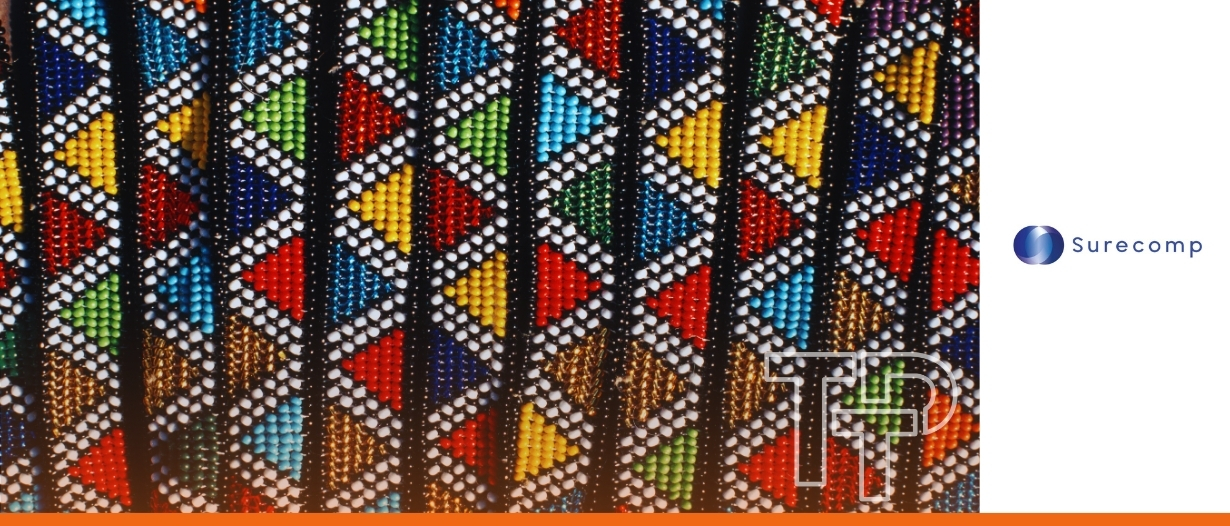VIDEO | Banking at the front line: EBRD’s role in crisis and recovery
Francis Malige
Jun 04, 2025
 Deepesh Patel
Jun 09, 2025
Deepesh Patel
Jun 09, 2025

Rand Merchant Bank (RMB) has chosen Surecomp’s Trade Finance-as-a-Service (TFaaS) solution to digitise its trade finance operations, beginning in South Africa with plans to scale across other African markets.
The move is part of RMB’s broader digital transformation strategy and reflects a growing trend among African banks to adopt SaaS-based infrastructure to overcome longstanding barriers in trade finance.
The timing is not incidental. Africa’s trade finance gap, estimated between USD 80–120 billion, remains one of the most persistent barriers to inclusive economic growth.
Nearly 80% of African trade is conducted by small- and medium-sized enterprises (SMEs). Yet, rejection rates for SME trade finance applications remain disproportionately high, ranging from 23% to 47%, depending on the region. Digital solutions like TFaaS are being positioned as a response to structural inefficiencies in the system—especially those related to cost, compliance, and manual processing.
“Agility and scalability are critical,” Gavin Moss, Chief Information Officer for Treasury and Trade Solutions at RMB told TTP. “A cloud-based SaaS solution enables us to respond faster to client needs, integrate seamlessly with partners, and continuously innovate.”
For RMB, the focus is not solely on cost efficiency. The adoption of Surecomp’s TFaaS model enables straight-through processing (STP), which streamlines documentation-heavy trade finance operations like letters of credit and guarantees.
The result is faster turnaround times and reduced human error, critical factors for businesses operating across complex, multi-jurisdictional trade corridors.
RMB’s Louis du Plessis, Executive Head of Trade and Working Capital, added: “As we expand our international trade finance footprint, we must leverage best-in-class technology. Surecomp’s platform offers cost predictability and regulatory compliance, the key to scaling operations without compromising service.”
For Surecomp, the RMB partnership underscores a broader regional trend.
The company is already working with Absa and Investec in South Africa and anticipates expanding to markets like Nigeria, where digital trade finance is gaining traction.
The TFaaS model reduces the need for large up-front capital investment, which is particularly important for African financial institutions navigating capital constraints and regulatory burdens.
For Surecomp, the partnership signals a wider shift in how banks across Africa are approaching infrastructure modernisation.
As more institutions look to serve cross-border clients with limited internal IT capacity, demand is rising for modular, API-enabled systems that can be deployed quickly and flexibly.
“Banks need digital foundations that adapt to regional complexity and regulatory fragmentation. A cloud-based model allows them to scale more efficiently while maintaining control over compliance and client experience,” said Weiser.
The promise of such partnerships lies in their potential to address the trade finance gap, particularly for SMEs structurally.
Despite comprising the majority of African traders, SMEs face prohibitive documentation requirements and high capital costs under Basel III and IV frameworks.
These constraints have led banks to favour low-risk government securities over SME trade finance.
Moreover, legacy infrastructure, regulatory fragmentation, and low levels of digital maturity continue to inhibit the development of local capital markets and intra-African trade.
According to Surecomp, TFaaS helps banks bypass some of these constraints through out-of-the-box compliance modules, API connectivity, and configurable workflows that adapt to local market conditions.
Digitisation alone will not solve the liquidity bottleneck. However, as institutions like RMB move core trade services to the cloud, the potential to aggregate trade portfolios for international refinancing grows.
This, in turn, could improve confidence from DFIs, insurers, and institutional investors that have historically viewed African SME risk as too fragmented or opaque.
As the ITFA has argued, trade finance is structurally low-risk, with default rates far below other asset classes.
Yet, African banks still face capital weighting and documentation hurdles that disincentivise them from funding SME-led trade. “Straight-through processing and interoperability are not luxuries,” said Moss. They are prerequisites if African banks are to meet the continent’s trade ambitions.”
In the first year, RMB expects success to be measured by user adoption, operational efficiency gains, and improved customer experience.
However, the longer-term view is one of platform scalability and alignment with broader sustainability and inclusion goals.
No single technology provider or bank can solve the evolution of African trade finance.
But RMB’s latest move signals a willingness to take the infrastructure leap, and it could serve as a model for others across the continent looking to bridge the operational and credit gaps still holding African trade back.

Carter Hoffman
May 22, 2025
Trade Treasury Payments is the trading name of Trade & Transaction Finance Media Services Ltd (company number: 16228111), incorporated in England and Wales, at 34-35 Clarges St, London W1J 7EJ. TTP is registered as a Data Controller under the ICO: ZB882947. VAT Number: 485 4500 78.
© 2025 Trade Treasury Payments. All Rights Reserved.